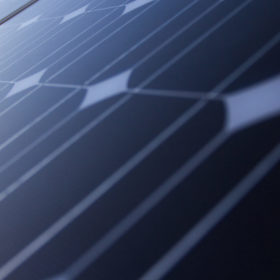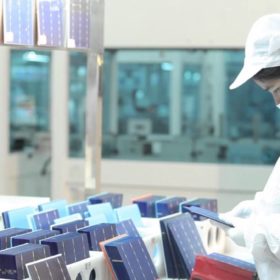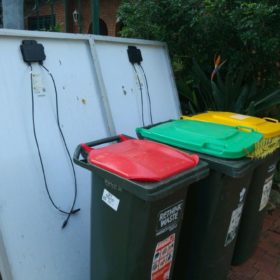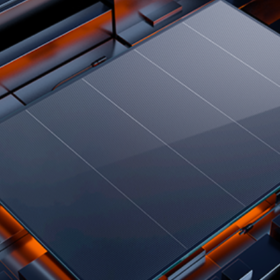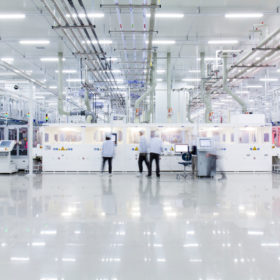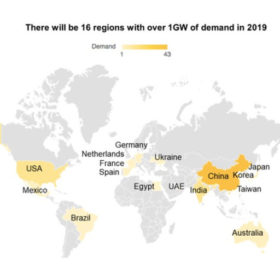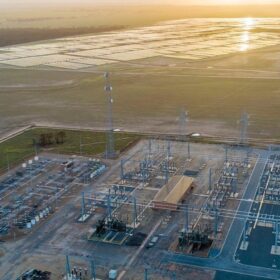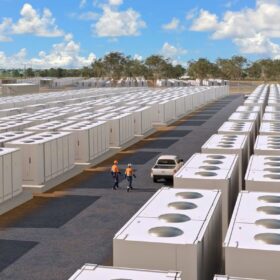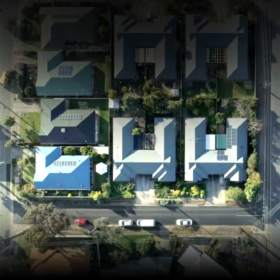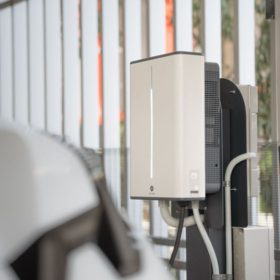PERC cell efficiency records tumble
Last week, Chinese manufacturers Risen Energy and LONGi both announced conversion efficiency records for PERC cells as the twin quest to drive down costs and increase energy output shows no sign of abating.
Long read: Double glass can spell double trouble
Glass-glass modules are built to survive the toughest conditions and can deliver module lifetimes far exceeding the 20-30 years expected of glass-foil. The module concept is ideally positioned to catch the building bifacial wave, but only if quality concerns are addressed, warn some experts in the field.
Energytrend: Stockpiles down, utilization and prices recovering
The Taiwanese market research company has published its latest price trend data for PV modules, cells, wafers and silicon. Across the value chain, rising demand is causing stockpiles to dwindle and utilization rates to rise. Prices are rising in China as well as for high-efficiency products. Module prices have stabilized.
Australia’s first solar-panel recycler plans to help green the full life cycle of components
South Australian-based company Reclaim PV estimates it will open Australia’s first commercial solar-panel recycling plant in mid 2019. Its high-energy founders also have a broader mission — to inform better environmental practices throughout the solar value chain.
14 PV trends for 2019
Crystal-ball gazing is dangerous in a sector as fast moving as PV. But that hasn’t stopped pv magazine’s international team of solar reporters from compiling a list of the top 14 solar PV and energy storage trends expected to characterize 2019. What do you think? Have we missed anything?
2018 pv magazine Annual Award winners announced
pv magazine is pleased to announce the winners of our inaugural Annual Award. Winners will be recognized in a ceremony alongside the Middle East Solar Industry Associations’ Solar Awards, during the World Future Energy Summit.
First Solar sees a doubling coming in 2019
The U.S. module maker projects 5.4 to 5.6 GW of solar module shipments next year, more than double its current projected 2018 volumes of 2.6 to 2.7 GW.
Hanergy to partner with ETS in its first HanWall cooperation
Hanergy and Environmental Technology Solutions (ETS) will partner to introduce the HanWall BIPV solution to Australia. The companies have signed a cooperation agreement, which targets 4.3 MW of HanWall installations.
Hanwha Q Cells posts $165m loss in Q3
The South Korean PV manufacturer saw sales increase slightly in the last quarter. Net losses, however, more than quadrupled compared to the previous period.
PV Info Link expects solar demand to reach 112 GW in 2019
That would mean a market increase of around 25% on this year. Demand is predicted to become particularly strong in the second half of the year. Australia is forecast to see lower demand than usual in the first quarter, but also be among 16 nations worldwide that will add over 1 GW of solar capacity in 2019.
